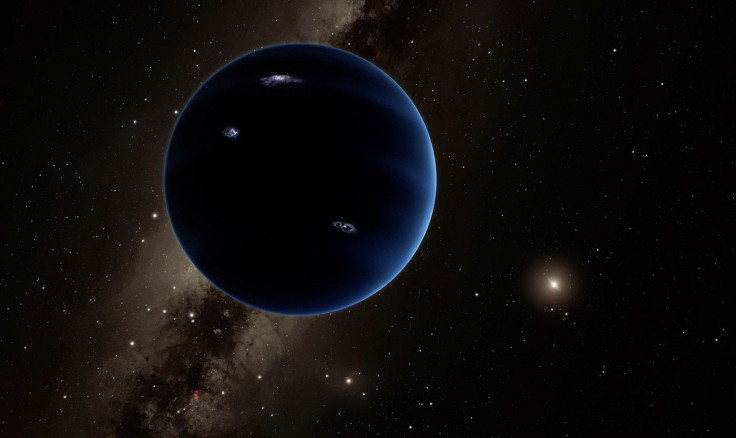Scientists Find 'Toffee Planets' Possibly Home To Aliens

Scientists are on the hunt for new planets possibly with signs of alien life and "toffee planets" are on their radar.
Paul Byrne, a planetary scientist at North Carolina State University and lead author of a study on the Super-Earths, said if these planets have a rocky composition and they are very close to their parent star or feature Venus-like atmosphere, then their surface rocks may become strangely malleable over long timescales.
Some scientists suspect it's possible that other worlds would feature rocks that behave like they are toothpaste. Extreme gravity in some planets may yield to brittle geology on the surface. This results to "stretchy, sugary confections on offer in any earthly candy shop."
Through the years, a myriad of Super-Earths beyond our solar system has been discovered. While Byrne's team has yet to get their research peer-reviewed, they presented some fascinating concepts, according to Sara Seager, a professor of astrophysics and planetary science at the Massachusetts Institute of Technology.
Byrne's research suggests that Super-Earths might be unable to allow plate tectonics. This means that they cannot sustain the underlying events that shape the Earth such as cycling of crustal rock and drifting continents. Likewise, if these super-Earths cannot allow for the creation of oceans, mountains and volcanoes, then it's possible that they won't be able to support the evolution of complex life itself.
The science presented in the research is already resonating in the minds of experts. Seager said that “you rarely see anything new like this. The fact that they came up with something new, that, in itself, is impressive.”
The researchers took data from their 200 pre-existing studies which also comprised their 2017 precursor paper. The studies examined the deformation of common rock type and basalt against a wide range of temperatures and pressures. Initially, they calculated for the brittle-ductile transition (BDT) depth for Earth, changing their numbers until they came up with sensible numbers. They inputted the estimated gravitational forces observed from the five sizable, potentially rocky exoplanets discovered through the Kepler space telescope.
This now led to the work of Byrne and his colleagues that focuses on providing the definite point when rocks deep under the surface of the planet do not break mechanically anymore and start to act like hot plastic. This point is the BDT depending on the pressure and temperature change with depth. According to their calculations, BDT depths for those Super-Earths are interestingly shallow. Some of them are only a mile beneath the surface. If the planet's atmosphere is suffocating or if the planet itself is very near the host star then this can raise the BDT to the surface and create a full-blown toffee world.
© Copyright IBTimes 2025. All rights reserved.





















